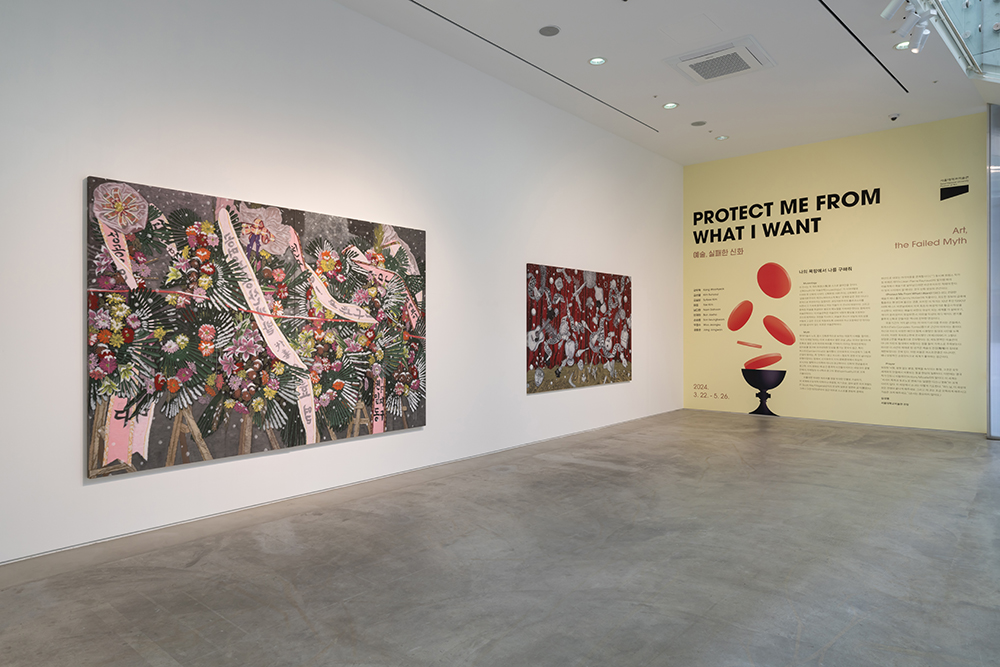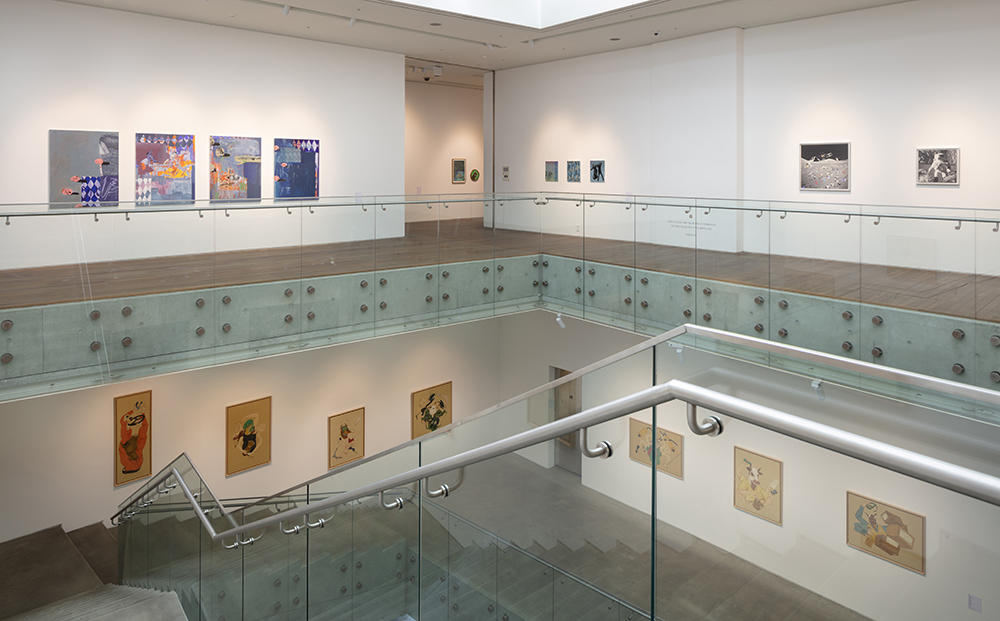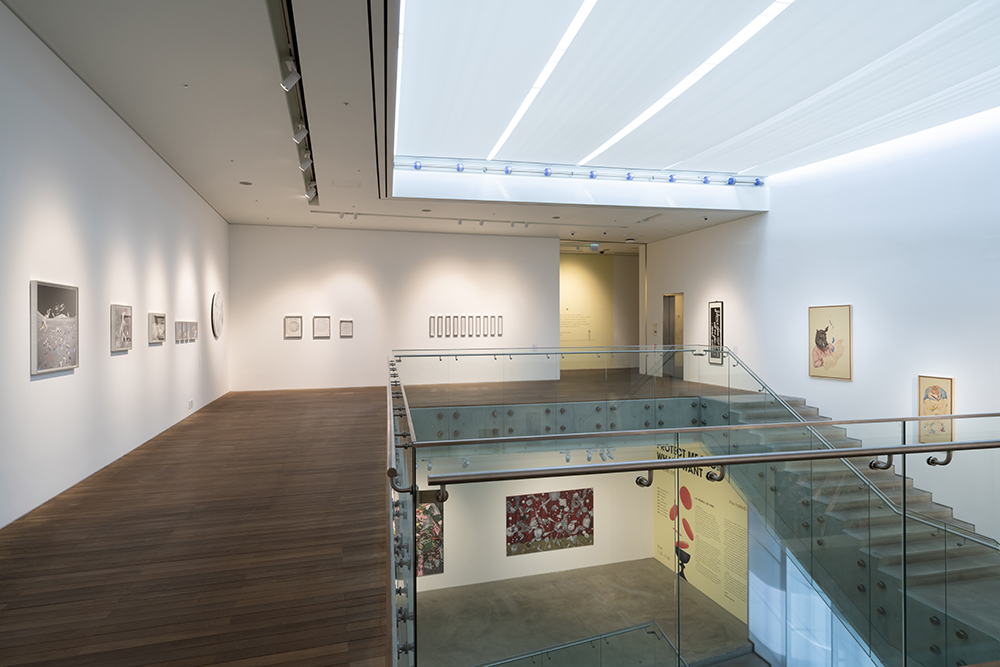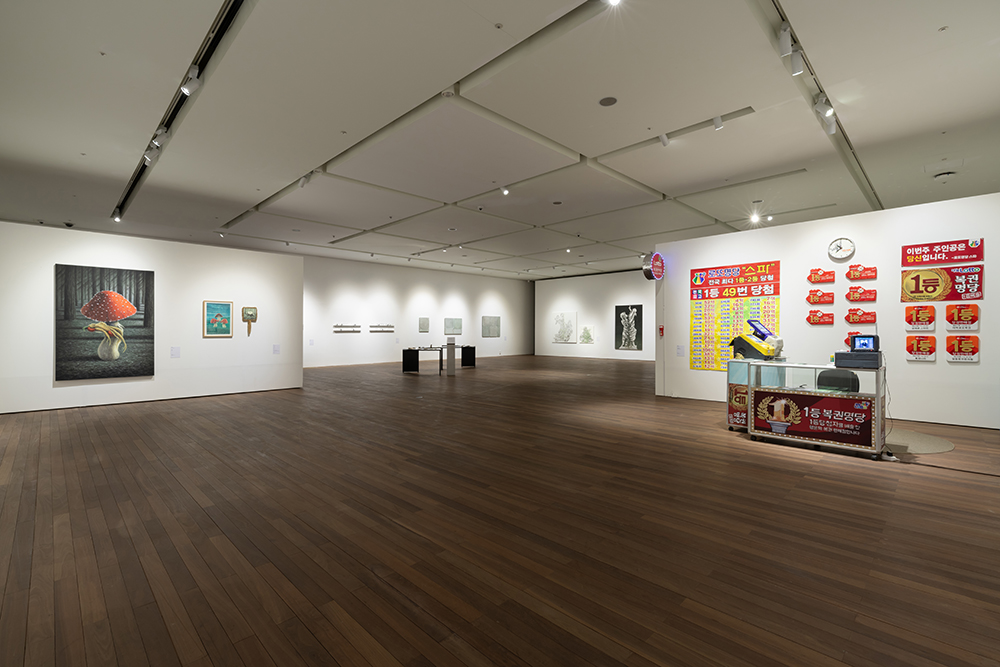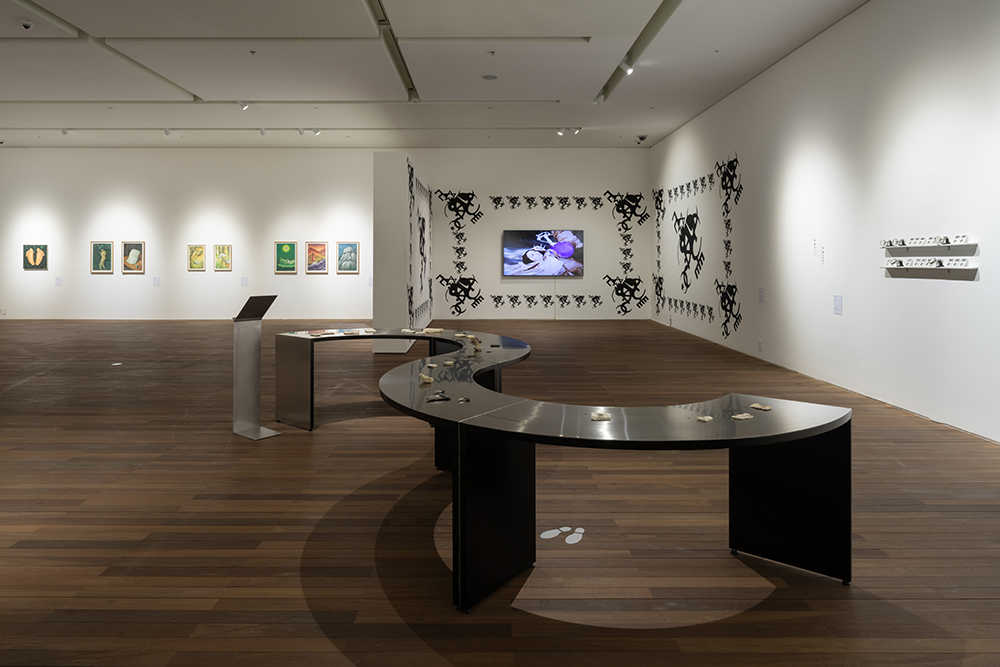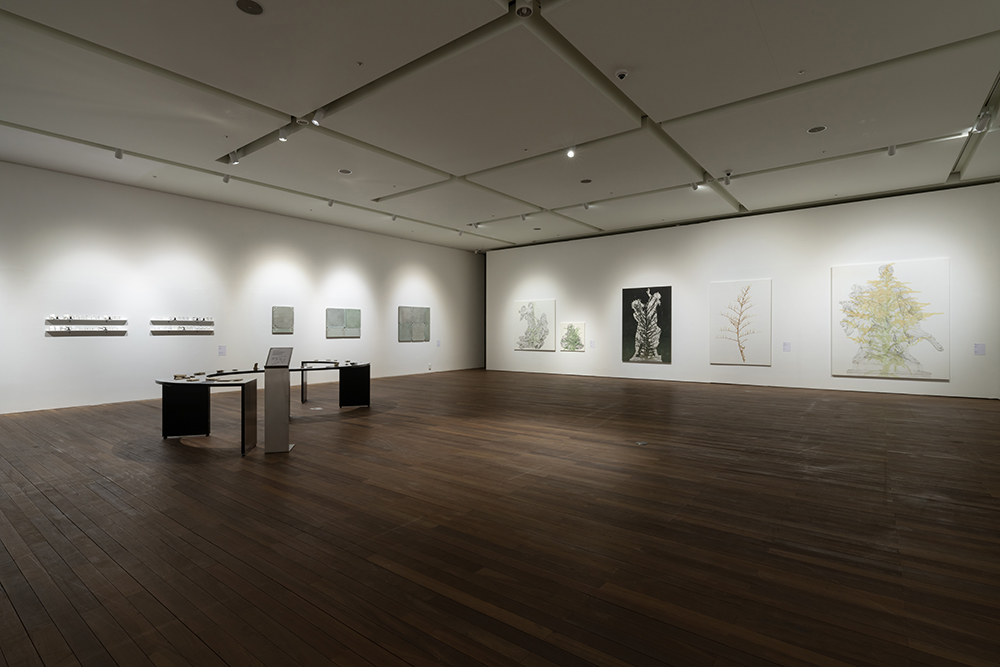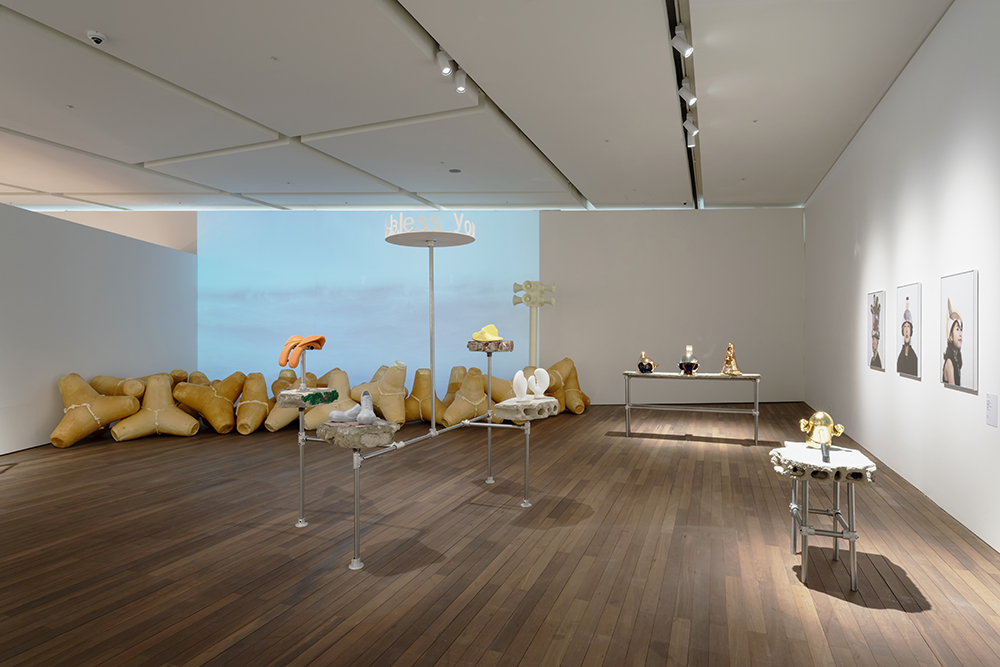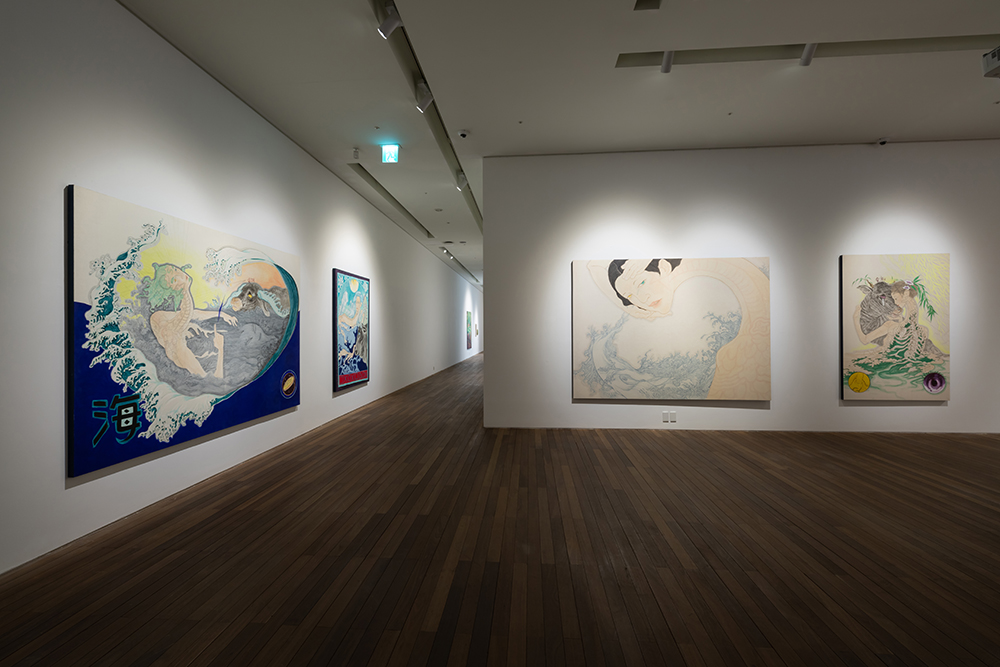Protect Me From What I Want - Art, the Failed Myth
Protect Me From What I Want
Museology
This exhibition will embrace two flash points on its own: ‘Myth’ and ‘Museology.’ It is the true era of the myth. Mythified capital(ism), mythified consumption… . It is not about the notion of the ‘techoviral spread of financial capitalism.’ it is not completely irreverent, though. The art that becomes addicted to the acceleration while riding the roller coaster of hypercapitalism is the subject of this exhibition. And, it is the museology, as the addicted art needs a separate manual to deal with. This museology confronts the process in which museums degrade from places that foster fantasies of paradise. It steadfastly refuses to accept the notion of allowing or promoting museum exhibitions to operate like this month’s hit product catalogs, Therefore, it stands as a solitary museology, unwavering in its belief.
Myth
A note for contemporary art history. Prominent examples that appear highly evolutionary: Pop Art: A fruit held in the American species called ‘aggressive marketing.’ yBa: A British approach that gives an academic impression by adding the sweetener of modern humanities called brutality to American pop art; we must remember the severed head of a cows and the flies. Especially Damien Hirst was astounding. In the sense that he embodied the living archetype desired so ardently by neoliberal knowledge economy, namely, a blend of strategist, advertising master, and creative business leader. In the neoliberal knowledge and cultural economy, the top predator isn’t philosophy or aesthetic but advertising. Advertising functions as the alchemy of myth in this context. In a world where shocking events erupt at every moment, knowledge and culture lean heavily towards the rhetoric of marketing and the spirituality of advertising, away from the rupture with the world.
For Instance, elevating the great Gatsby truly as a great figure, the reflective discourse in the style of F. Scott Key Fitzgerald, which delves into moral decay, vulgarity, self-contradiction, and emptiness in the world, is strictly taboo. So let's be wary of the foolishness of pushing into the bankruptcy of a cultural career with such a 1970s-style approach.(^^) At the same time, as French artist Jean Pierre Raynaud suggests, to survive as an artist in the Parisian art scene, one must pretend to be a pessimist. Mastering this balance between the two is the key to creating myth.
Protect Me From What I Want(1983-85), the artwork of Jenny Holzer, an artist of illuminated electronic displays, serves as an alarm for contemporary individuals swept away by the deluge of excessive information. However, ten years later, the artist won the Golden Lion award at the 44th Venice Biennale in 1990 as the first female American artist. Art that criticizes ends up nourishing the very world it criticizes, and furthermore, it encompasses ethics. It’s a tired extension of history that has turned Marcel Duchamp’s ready-made urinal into an immortal myth.
The story, nearing its expiration date, is gradually being carried on by Felix Gonzales-Torres as the next contender. Untitled(1991), which exhibited a photograph of the bed shared by the artist and his deceased lover on a large outdoor billboard in downtown New York, is a prime example of this. The fact that it used commercial billboard to be appropriated for art, and it's the bed where he fought, not in an art museum, which is an institutional domain, is attracting attention. However the essence of this case is that the battlefield of art is limited to the bed. While not as extreme as Hirst's, this kind of confrontation serves as a rather exemplary form of compliance, favored by the system as a whole.
Prayer
The disguised paradise, the light without illumination, the hallucinations whispering happiness, these are all manifestations of the phenomenon of the cave, originating from the disconnection from the world. This time, the words are from British artist Antony Micallef. He says, “This world is not so different from a sweet Disney movie gradually turning into violence and pornography.” In this world, a girl prays like this: “God, please end all the wars in this world. And please make my nose a little higher and my breast bigger.” (The order doesn’t matter.)
Sim Sang Yong, Director, Seoul National University Museum of Art

